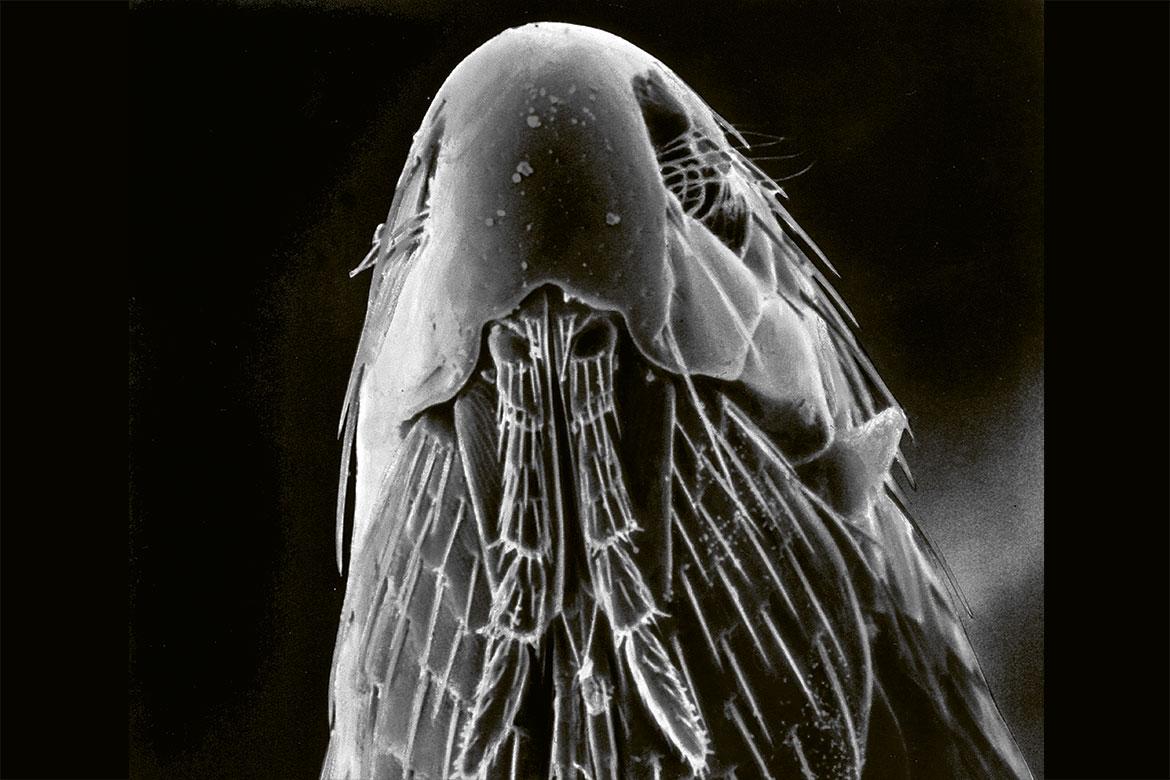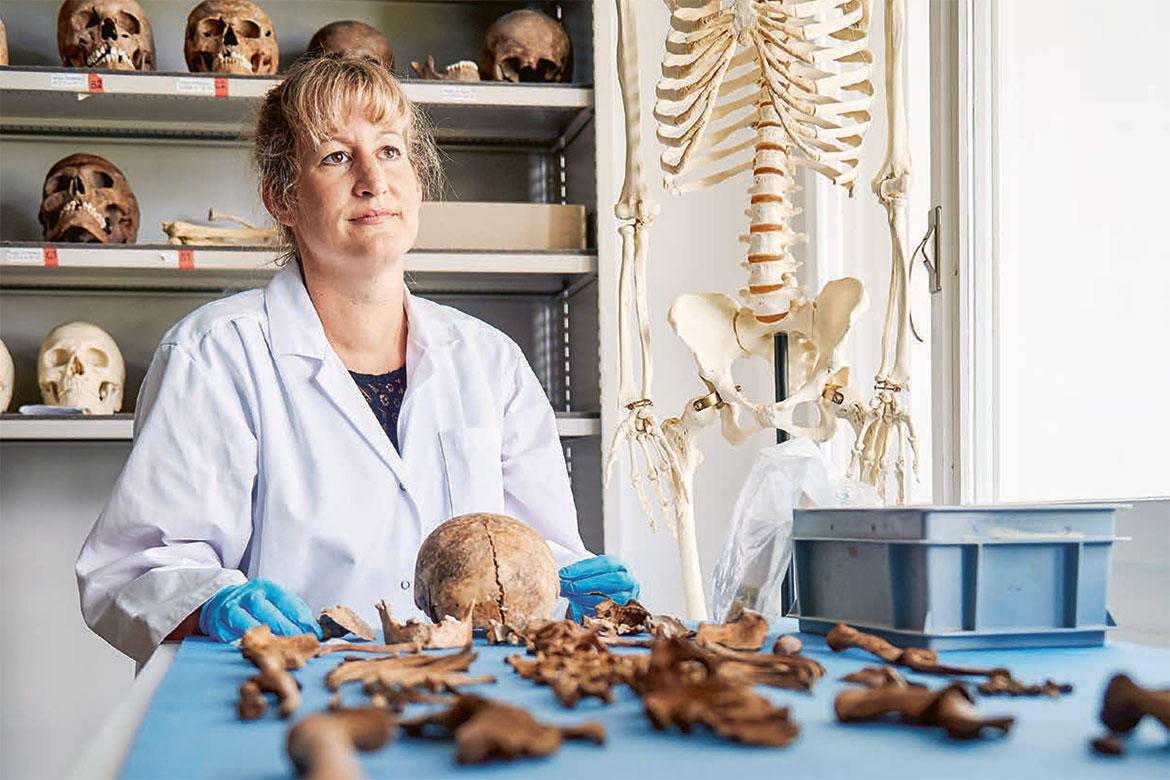The plague – a mutation brought death in the Early Bronze Age
The Black Death is older than we thought. Researchers have now discovered its deadly pathogen in skeletons from the Bronze Age.

Since the rat flea began carrying the Black Death, human history has never been the same. | Image: Keystone/Science Photo Library/Dr Tony Brain.
Yersinia pestis has wreaked havoc throughout the history of humankind. In the 14th century, roughly a third of the population of Europe died of the Black Death. Up to now, it was assumed that the plague bacterium acquired its ability to spread to humans some 2,800 years ago. But a new study involving the University of Zurich has shown that the bubonic plague was able to infect people no less than 3,800 years ago.
A research team from the Max Planck Institute for the Science of Human History in Jena (MPI-SHH) has analysed samples from two Bronze Age skeletons found in the Samara region of Russia. They lay together in the same grave, and both carried the pathogen of the bubonic plague. The researchers reconstructed the genetic material of the bacterium, and discovered a piece of DNA that made it possible for the plague to spread from fleas to humans.
It was already known that the plague bacterium existed in the Early Bronze Age, but it was assumed up to now that it was not yet able to jump from fleas to people. It was only this mutation – which presumably happened by chance – that made the pathogen so deadly to humans. “We compared the reconstructed genome with samples we already had, in order to find out where it was situated in the phylogenetic tree”, explains Denise Kühnert, a mathematician who was researching at the University of Zurich and was involved in the study. The mutation discovered in the bacterium’s DNA provided the virulent pathogen with an evolutionary advantage above those forms that were unable to jump from fleas to people and other mammals. The deadly variant was better able to survive, and later led to the devastating epidemics about which we know so well.




